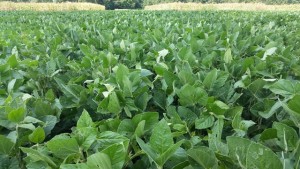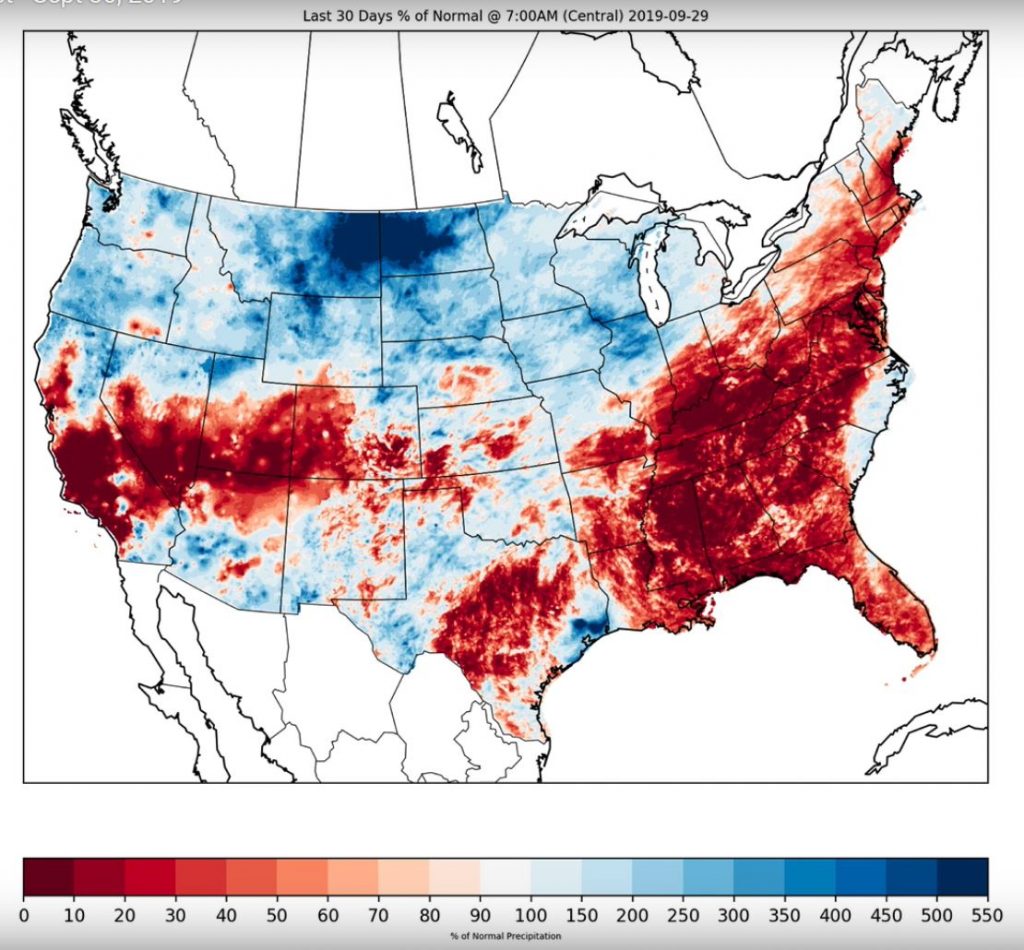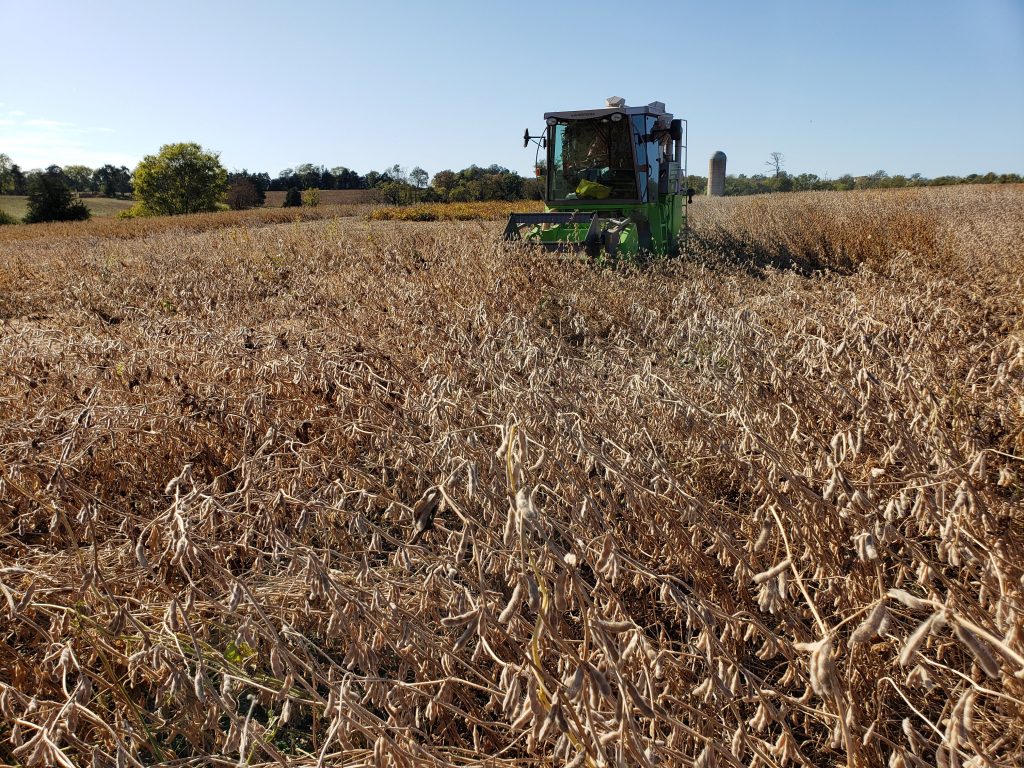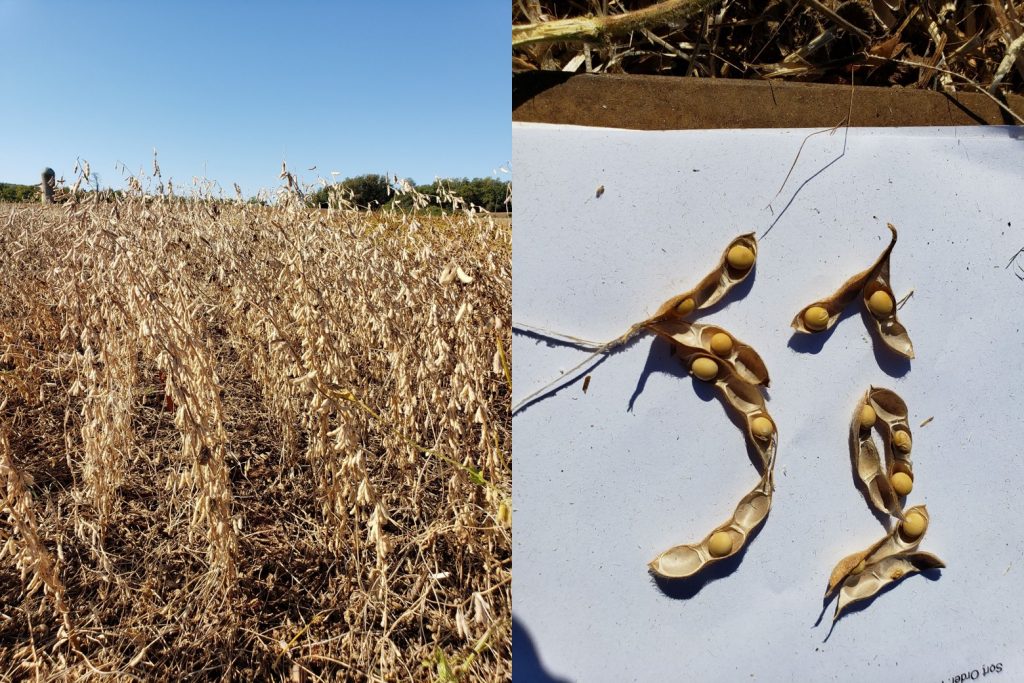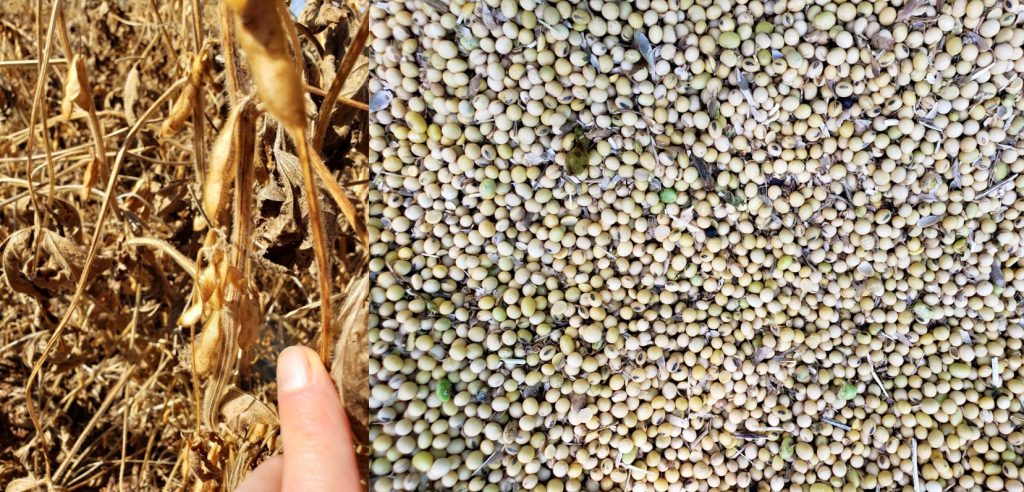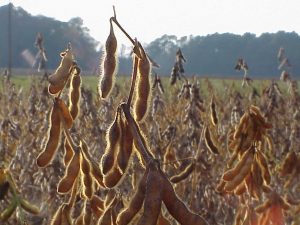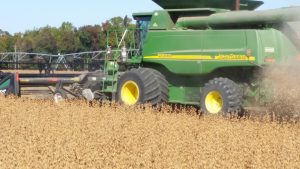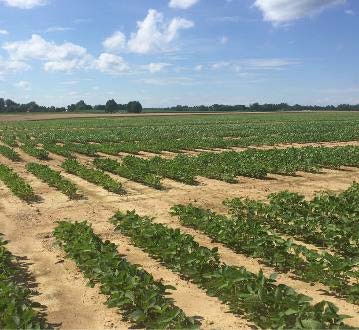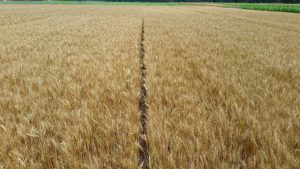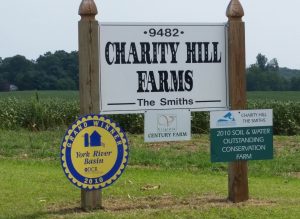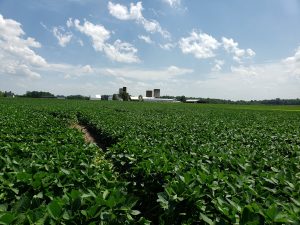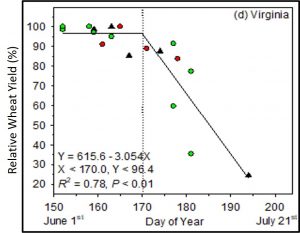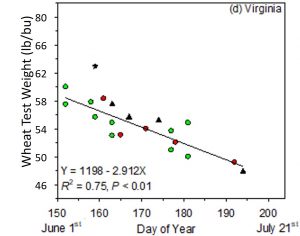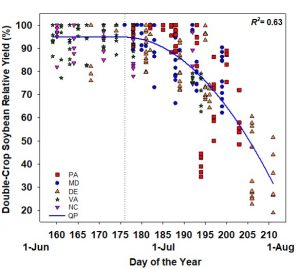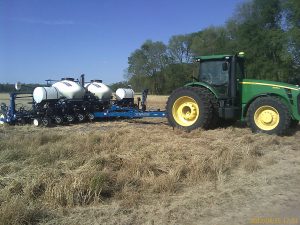The 2020 Four Rivers Agricultural Conference will be held Tuesday, Jan. 14 at Providence Forge Recreation Center: 9900 Carriage Rd, Providence Forge, 23140. This year’s conference will include pesticide certification training, several Specialists and Agents from Virginia Cooperative Extension that will cover a wide variety of topics, and others. In addition, you will be able to get your dicamba herbicide certification with training being offered by Don Cline of BASF. We look forward to seeing your there for a great day of learning and interaction with the experts. Lunch will be provided. Agenda detail are below.
Full Attendance to the conference has been approved for Private Pesticide Applicator Recertification in Category 90 and Commercial Categories 1A, 10, and 60. The conference has also been approved for 2.5 Virginia Nutrient Management CEU and 2.0 Contact hours for DCR Conservation Planner Re-Certification
9:00 Registration Opens/Meet with Vendors
9:30 Welcome
9:35 Controlling your Drops highlighting dicamba and glyphosate– Laura Maxey-Nay, Hanover Ag Agent
10:00 Pesticide Training – droplet size/playdough- Ed Olsen, Henrico Ag Agent
10:30 Pesticide Legal Update – Robert Christian, VDACS
11:00 2nd round of registration for those not needing pesticide recertification credit
11:15 Dicamba Certification – Don Cline, BASF
12:15 Sponsored Lunch/Meet with Vendors
1:00 Agency updates
1:15 Grain Market Update- Robert Harper, Manager, Virginia Farm Bureau Grain Division
1:45 What I learned from Argentina Agriculture, pest control and nutrient management –Paul Davis
2:05 Corn Update and Hybrid Selection, Dr. Wade Thomason, Extension Grain Agronomist
2:35 Break (visit with sponsors)
2:50 Positioning Your Full-Season Soybean for Maximum Yields, Dr. David Holshouser, Extension Soybean Agronomist
3:20 Making insect management decisions now by purchasing seed for next season, Sally Taylor, Extension Grain Entomologist
3:50 Nematode Panel, various specialists will discuss current nematode control practices.
4:50 Adjourn and paperwork

